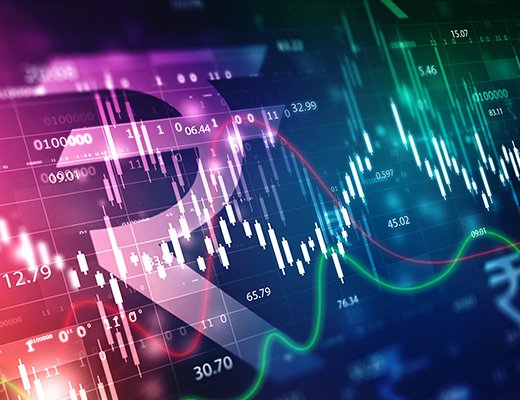In the state economic world, the exchange rate, which represents the price of a country's currency in terms of the currencies of other countries, influences a country's international trade. Countries, as part of their monetary policies, adopt various systems to regulate their exchange markets.

Especially in small open economies, exchange rate management is the most important macroeconomic policy, in other words, the exchange rate is nothing more than the ratio relationship that exists between one currency and how many units of one currency are needed to obtain one unit of the other.
Within the types of exchange rates, the fixed exchange rate aims to keep the ratio of the two currencies constant over time; that is, the amount of pesos needed to buy one dollar (or other foreign currency) is always the same.
Therefore, when there is a high demand in the market for dollars or any other currency (foreign currency), the Bank places in the market the amount of dollars necessary to maintain the exchange rate at the value determined.

Likewise, when there is excess supply (when there are more dollars in the market than are being demanded or requested), the Bank buys dollars to prevent the exchange rate from decreasing.
Hola amiga @alaiza.
Thank you for sharing such important information as it is the state policies and macroeconomic scenario and exchange markets within the dynamism of the current economy. Regards.
Downvoting a post can decrease pending rewards and make it less visible. Common reasons:
Submit
This content is not so common but I like to share it as an economic and financial education tool. Thank you @sandracarrascal for visiting me.
Downvoting a post can decrease pending rewards and make it less visible. Common reasons:
Submit